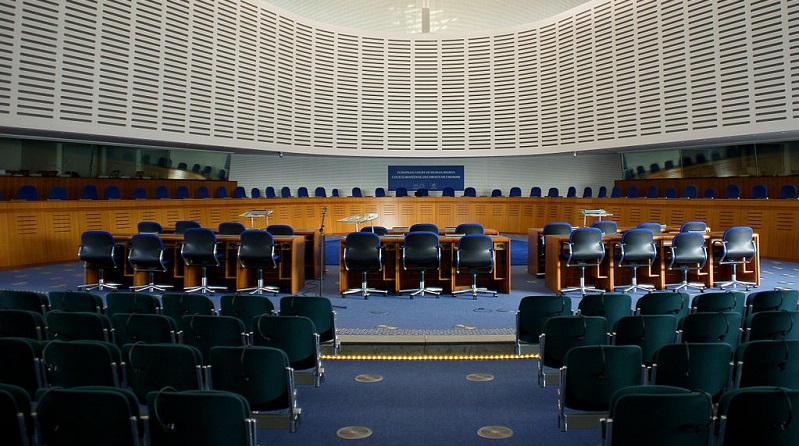When the gavel dropped on 12 December 2015 and the world finally reached the Paris Agreement to tackle climate change, cheers erupted and tears flowed. History was made. This year, the European Court of Human Rights (ECtHR) could write the next hopeful chapter when it addresses the climate crisis for the first time.
This is a watershed year for climate litigation: three cases in Strasbourg stand to transform the climate policies of 32 European countries. Their effect could reverberate across the globe.
Hearings for two of these cases will happen on 29 March, with a third due to be heard after the summer. Behind the cases are brave plaintiffs from all ages and backgrounds: Portuguese children and young people, Swiss senior women, and French MEP Damien Carême.
All are desperately trying to protect their present and future from disastrous climate change. In each case, the plaintiffs argue that their human rights are being violated by governments’ failure to tackle greenhouse gas emissions at the pace required to keep temperatures – and themselves – safe.
The Paris Agreement will be instrumental in all three cases. As one of its architects, I see this as a compelling signal that the landmark treaty is doing its job, especially when states are not.
When scientists, politicians and diplomats designed the Paris Agreement, we relied on the best science and legal advice that 197 countries could offer. We also heeded states’ preference to decide themselves how they reduce emissions — and designed the Paris Agreement in a way so they could.
But while the Paris Agreement protects countries’ sovereignty over their climate action, it is crucial that they abide by the spirit and objective of the treaty: to limit global warming to 1.5C by mid-century.
In practice, a vast majority of states are not yet acting fast enough, effectively using the design of the Agreement as a means to play “chicken” with the safety of their citizens, something the courts have a clear mandate to dismantle.
Judges can give scientific facts the force of law. If the ECtHR finds a human rights violation in these cases, it will require governments to remedy it – which will mean speeding up the phase-out of fossil fuels and upping their climate ambition.
It was obvious in 2015 that some states would drag their feet: we knew this and anticipated that the treaty would have to invite external pressure from other areas of law, especially human rights law, to compel countries to act faster.
After all, while Paris culminated in a formal agreement among governments, it was largely the fruit of decades of global mobilisation and warnings from scientists, environmental experts, civil society at large, and voices within the business sector. There would be no Paris Agreement without widespread pressure and scrutiny.
Nor are these hearings in Strasbourg coming out of the blue. Climate litigation is advancing everywhere, as courts take stock of their role in protecting citizens from man-made climate impacts. Last year, Brazil’s Supreme Court became the first judicial body to recognize the Paris Agreement as a human rights treaty, giving itself the power to enforce it. There are more than 2,000 climate-related litigation cases underway in the world today, with 80 of them challenging governments.
Governments battle over carbon removal and renewables in IPCC report
Crucially, these rulings can shed light on the evolving role of the Paris Agreement itself. No two legal systems are the same, but an international treaty can serve as reference to any and all, helping the courts to uphold and interpret their mandate. We always intended the Paris Agreement to play this role as it became integrated into other areas of law at the national, regional and international level.
The ECtHR is specific in that it is only empowered to enforce a single legal instrument, the European Convention on Human Rights. However, it can refer to treaties like the Paris Agreement to interpret countries’ duties to uphold human rights under its own mandate. And the opportunity is great: as its judgments are legally binding, it has the power to compel European countries to significantly accelerate their efforts to reduce emissions.
The window to stay under the safer limit of 1.5C is closing fast. This year could strengthen the Paris Agreement against a backdrop of catastrophic climate impacts all over the planet.
The world is watching: these rulings will have deep, lasting, and transformative consequences for millions today and billions in the future. These brave plaintiffs are standing up for their human rights. Thanks to them, we could all be rewarded.
Laurence Tubiana is the CEO of the European Climate Foundation and, as French climate envoy, played a key role in negotiating the Paris agreement
